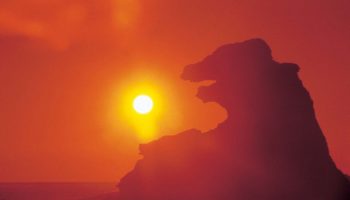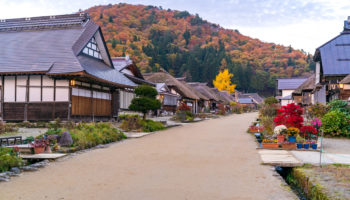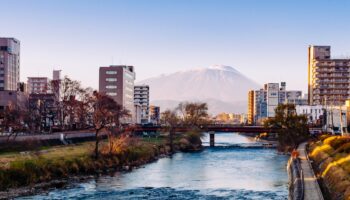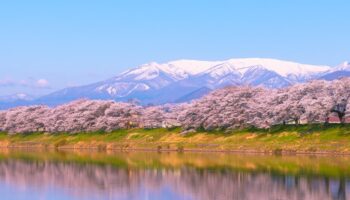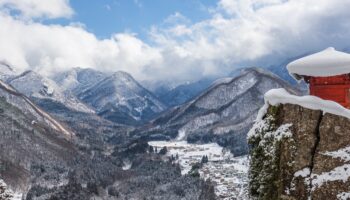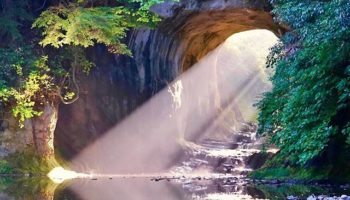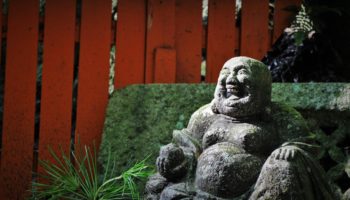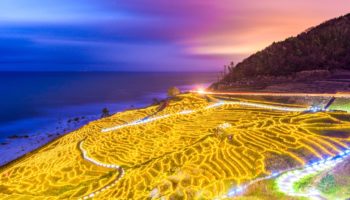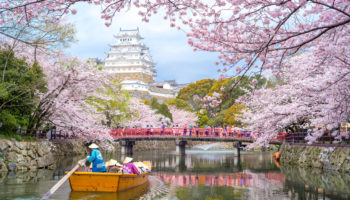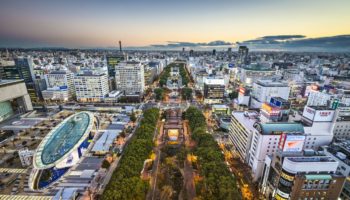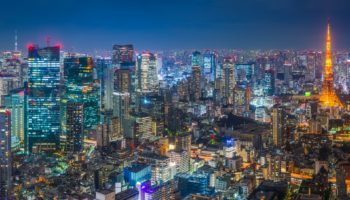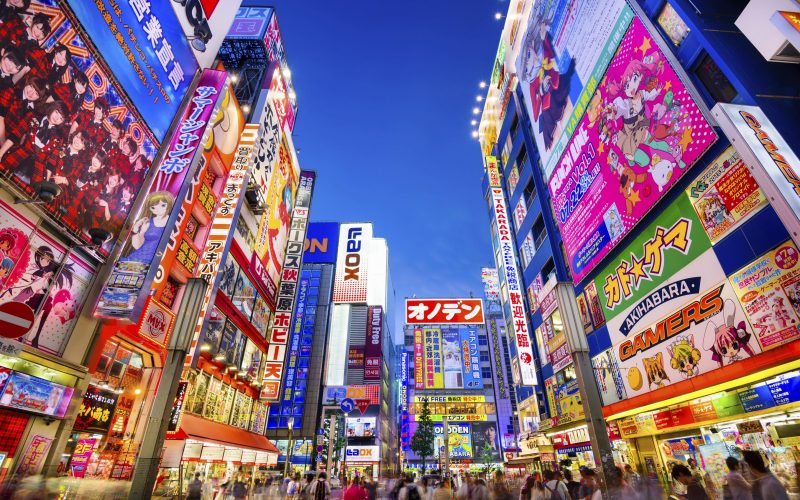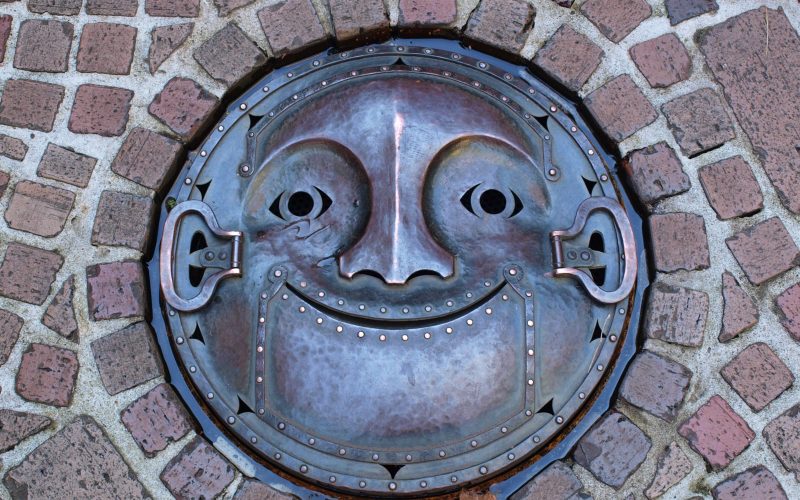- Island
- Honshu
- Largest City
- Sendai
- Population
- 9,335,088
Tohoku
Follow the road to the deep north
- Island
- Honshu
- Largest City
- Sendai
- Population
- 9,335,088
Japan's most poetic landscape.
Tohoku is a large region in the northeast of Japan’s main island Honshu. Its rugged, mountainous terrain and rows of river lowlands make up almost one-fifth of Japan’s total area. Harsh winters keep the resident population low but visitors, among them Japan’s most famous poet Basho, have been enjoying some of the country’s most beautiful scenery for centuries.
Despite the blow to numbers after the Fukushima nuclear accident, tourism to the Tohoku region is starting to thrive as people catch on to the superior skiing, onsen (hot spring baths) and other outdoor activities available.
Akita

Akita Kanto Matsuri festival. a Japanese festival celebrated in August.
A northern slice of the far-flung Tohoku region, it’s no surprise that Akita’s attractions are nature-based. People in Akita live their lives according to the rhythm of nature, celebrating many events to a distinctly agricultural calendar. You’re likely to encounter some kind of festival when you visit. Throughout the year, trekking, camping, boat cruising, swimming, climbing, and hot springs abound.
Aomori
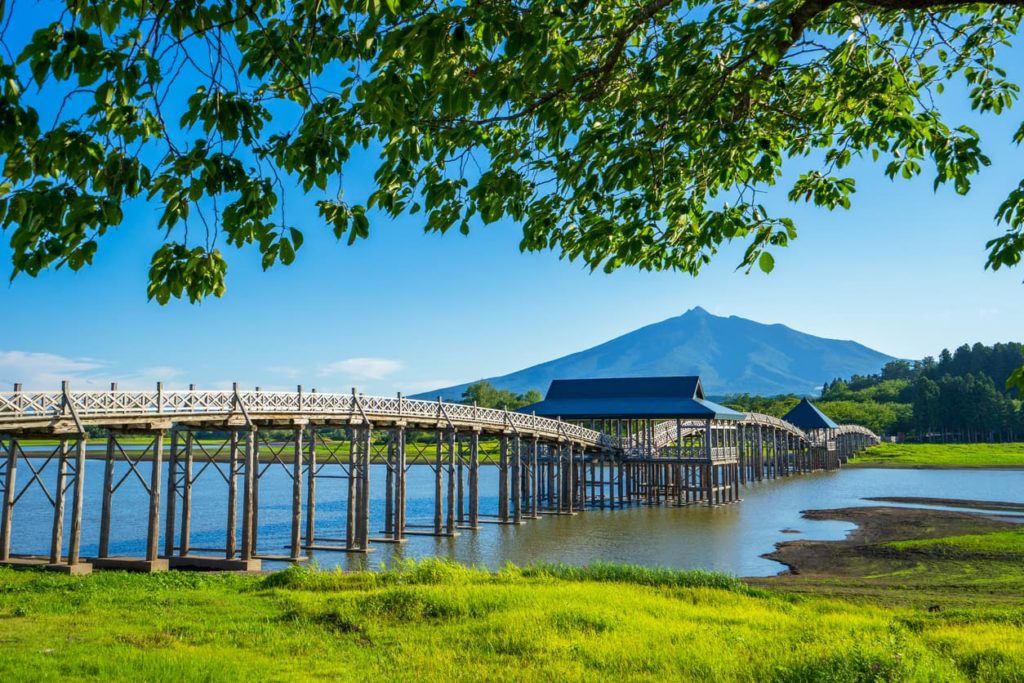
Photo by: Tsurunomaihashi Bridge in Aomori Prefecture.
People have long been drawn to Aomori Prefecture’s otherworldly powers. From the pristine waters of Lake Towada to the last surviving virgin beech forest of Shirakami-Sanch or the sulfurous hellscape of Mount Osore. It’s a place where you can strongly feel the spirit of nature.
Yamagata

Make your way up the 1,000 steps.
Yamagata is probably the region’s most visited area, known for the remote Zao Onsen ski resort which is one of the only places where you can see Japanese juhyo or “ice monsters.” Yamagata prefecture is also home to the famous Ginzan Onsen and Yamadera temple, a scenic mountain temple where Basho composed one of his most popular haiku:
“Ah, this silence. Sinking into the rocks. Voice of cicada.”
Iwate
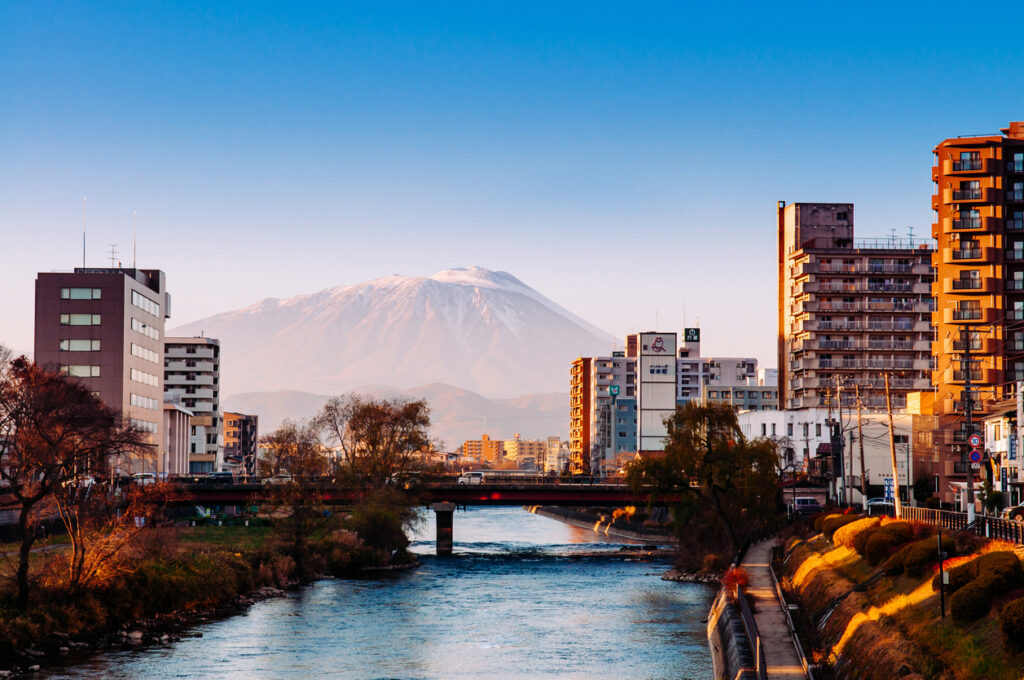
Mount Iwate seen in the background of Morioka city
Iwate also boasts a popular ski resort, Appi Kogen, which has excellent off-piste routes and an extended ski season lasting until early May. Iwate is also famous for wanko soba, tiny bowls of soba noodles that are served one after the other (usually about 60 bowls for the biggest eaters).
Miyagi
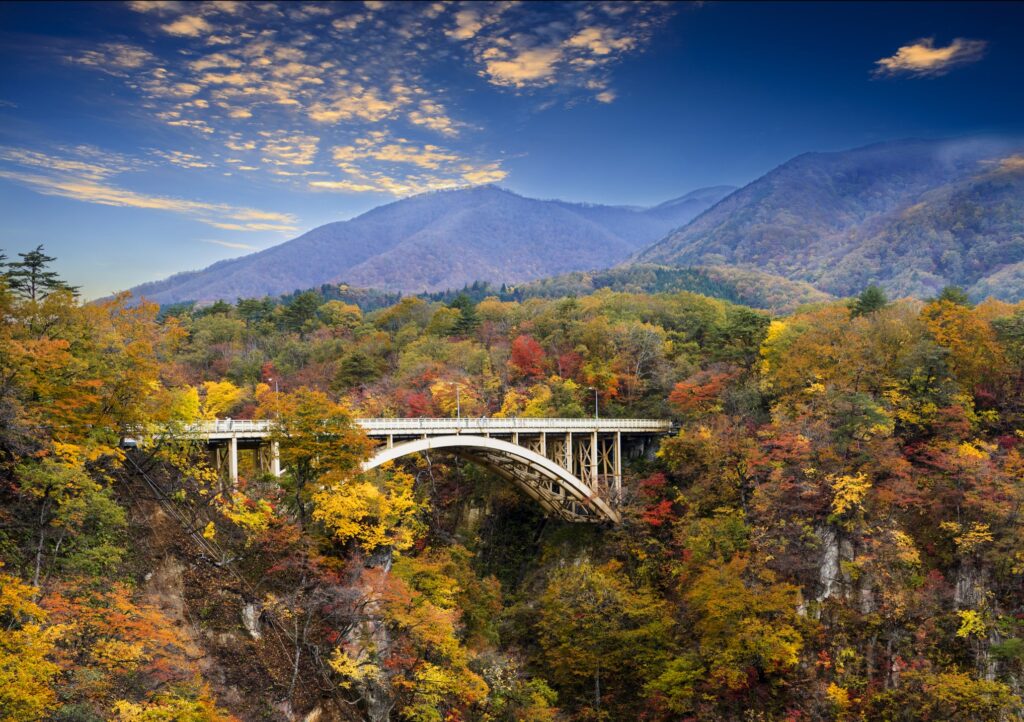
Naruko in Autumn.
Sendai in Miyagi Prefecture is the biggest city in the Tohoku region. During the summer, the Sendai Tanabata Matsuri attracts thousands of visitors to see the huge colorful streamers paraded throughout the streets. In the northeast of Miyagi, Naruko Onsen is home to five hot spring areas renowned for their skin-softening sulfur waters
Fukushima
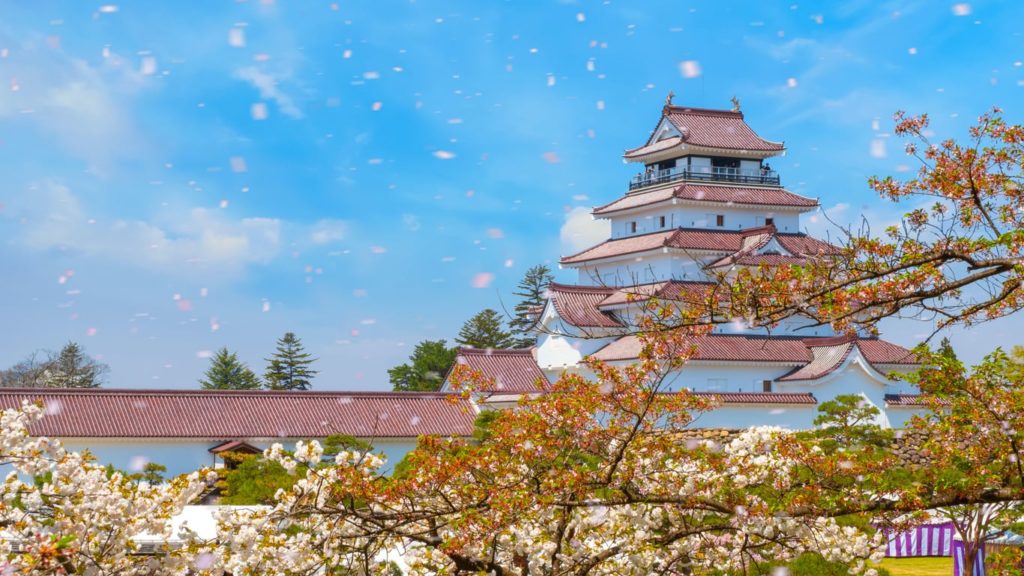
Aizu-Wakamatsu Castle is also known as Tsuruga Castle.
Fukushima is the entryway from urban Kanto. The picture-perfect samurai city of Aizu-Wakamatsu is close to being Fukushima’s star attraction. The southernmost city of Shirakawa, reachable via an hour and a half bullet train from Tokyo, makes a good starting point. Further south is the historic post town of Ouchi-juku. Its 300-year-old thatched-roof buildings have been perfectly preserved.
Getting there
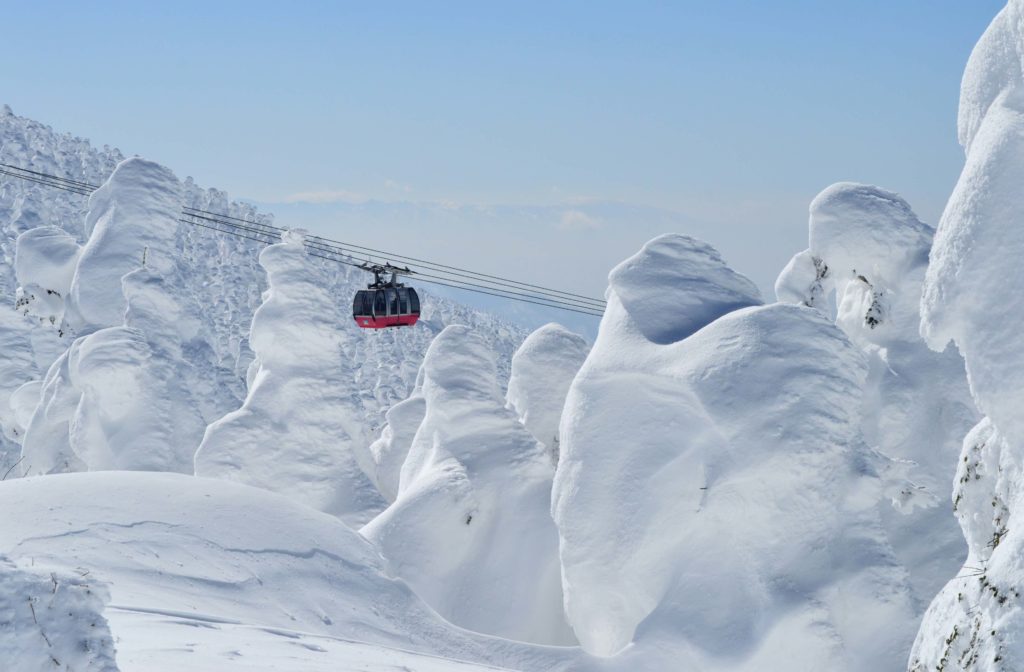
See the snow monsters of Zao Onsen, Yamagata Prefecture.
Try the JR East Pass (Tohoku area) to help with train costs. If you are traveling around northern Japan and you are a temporary visitor try this pass, you may want to try this flexible 5-day pass (any 5 days within two weeks of issuance).
If you buy it in Japan, it is typically ¥20,000 for an adult and ¥10,000 for children (6 to 11). If you are purchasing from overseas, typically there is a slight discount of ¥1,000 off for adults and ¥500 off for children.
